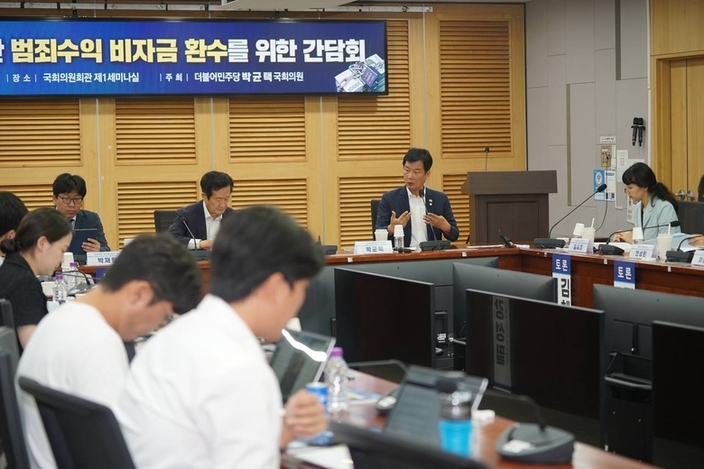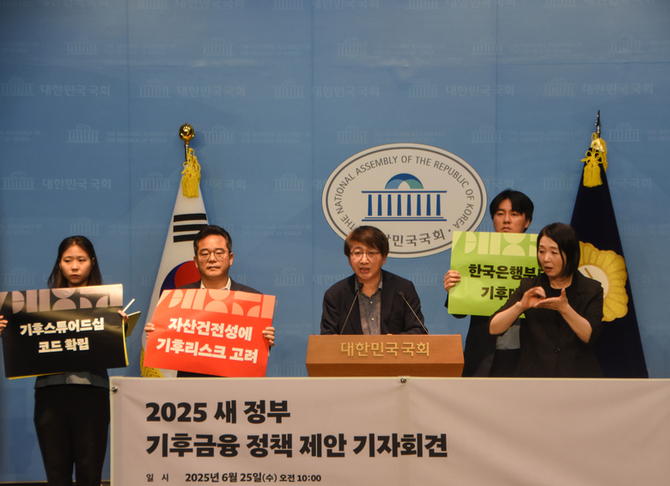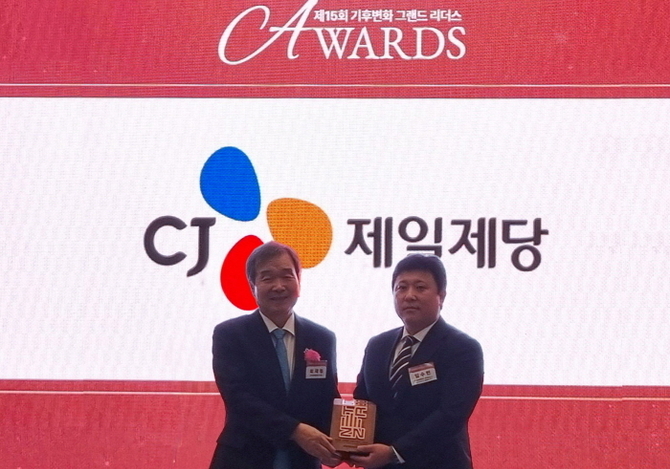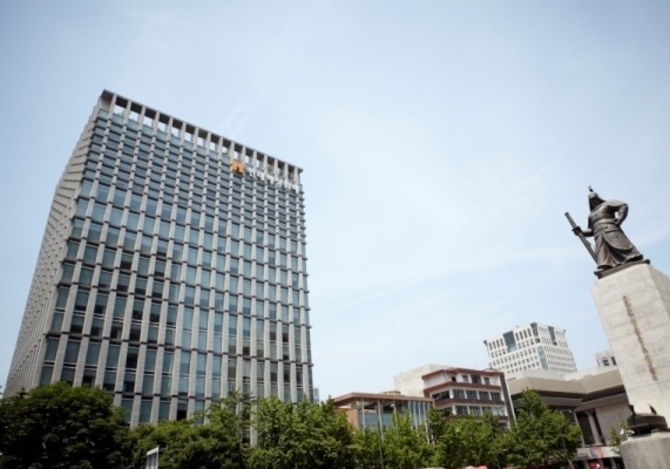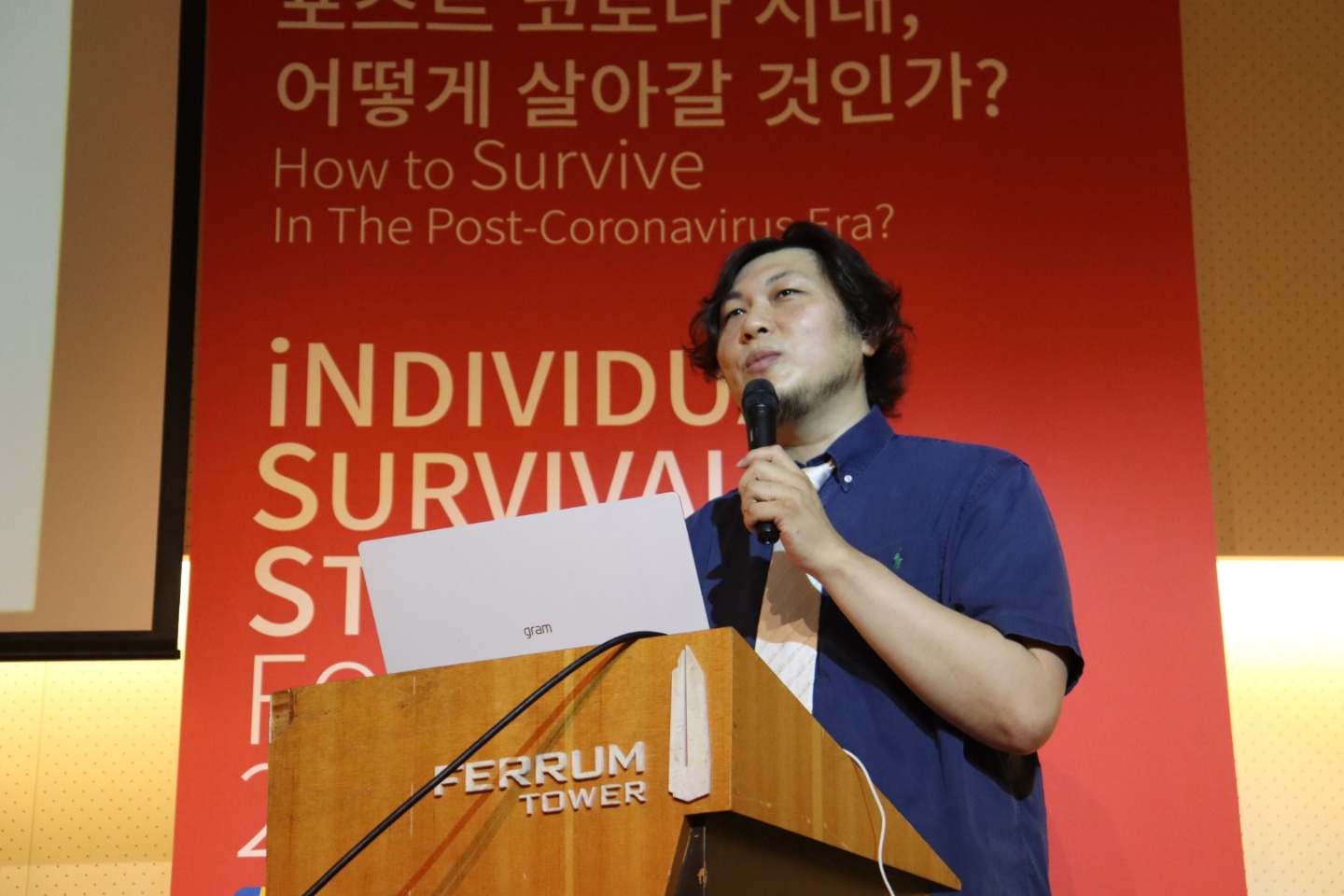
[iN THE NEWS Eunsil YOO]We listen to music with our earphones and watch movies through the screen of our mobile phones. It looks like a very personal, independent activity. People might think that they are just listening to streaming music alone.
However, that simple activity involves the process of empathizing with all the people who were part of the process of creating that song, directing, recording, compiling, setting it to the appropriate volume, and distributing the song via the sound of music.
I occasionally meet people who hate going to concerts where lots of people scream and gather and prefer to listen to music alone at home with nice speakers. They say they consider music to be “appreciating.” These types of people sometimes insist that listening to music is an extremely personal experience, rather than an activity that fosters relationships with other people.
However, these people who listen to music and watch movies alone also look for more movies made by their favorite director, more music by their favorite artists, and gather more information.
Looking for information is a way of “meeting” information that was recorded, organized, and shared by somebody. In other words, even though you’re not physically ‘together,’ all activities of enjoying popular culture can be seen as social activities.
Christopher Small coined the word “musicking” while actively exploring musical activities. He argued that everyone including the musician, composer, audience, and even people who are seemingly irrelevant to music, such as the people who move the instruments and ticketing staff members, are “all contributing to the nature of the event that is a musical performance.”
Small said this in reference to classical music concerts, and media scholar John Fiske said that popular culture texts are incomplete by themselves. Popular culture becomes complete when it is accepted by an individual and becomes a part of that person’s life, and when significance is formed between that person and someone else who recognizes that cultural sign.
At the very moment when you experience sharing communication with someone who likes the same music, movies, novels, and cartoons, popular culture is completed as a real popular culture. From this perspective, it is not a strange obsession to search for others’ comments and clicking on “Like” icons on YouTube, Twitch, or FaceBook even though listening to a song (that you came across coincidentally) of an artist only you like is satisfactory enough. It is a natural process by which popular culture is created.
Hence, a “fandom” that is created not through a single fan but when fans are connected to other fans is inevitable and the most important practice of popular culture.
According to “What Do Superfans Want?” (2016) written by Kang Jiwon, who used to be part of an idol fandom that is often belittled by words “superfan (crazed fan)” or “sasaeng fan (obsessive fan),” and her father, a fandom is a struggle for recognition among disadvantaged citizens who want to communicate with others and be part of something.
However, popular culture fandoms are slightly different from communities such as static or immobile regions and countries. This is because even though several individuals with the same enthusiasm for a specific artist, song, concert, movie, comic book, or novel share a sympathy without abandoning their personalities or characteristics and share excitement, social enhancement, camaraderie, and closeness that they didn’t experience before through this process, it’s not something that lasts from the far distant past into the unknown future like the country.
Anthropologist Victor Turner called a state of non-routine and strong empathy as “liminality” and called a situation of high-density sympathy that occurs shortly and temporarily between people who share liminality as “communitas.” The religious ceremonies where everybody’s social standing or status disappears and everybody becomes equal before god is a simple example of Turner’s “communitas.”
Turner pointed out that the experience of communitas in everyday life that is considered to be fixed and difficult to change creates a deviation and rift that enables individuals to endure society, and the flow of that deviation often fires up and even changes into a force that can change the entire community.
Where can we find the experience of communitas in our modern society where the influence of religion is not as strong as it was before? He cautiously predicted that sports or arts with a similar pull as theater or music may be able to take its place.
Anthropologist Edith Turner, Turner’s wife who continuously expanded on this topic, focused on the fact that popular culture has the power to make people feel like they’re “in the zone of a specific context or space,” and emphasized fandoms and the experience of fandoms in popular culture as communitas that have taken place deep in the daily lives of modern individuals. She particularly paid attention to concerts where people gather with other people that they don’t know to cheer and sing together.
The problem is that COVID-19 has taken away opportunities to experience fandoms in popular culture where you can share this type of public intimacy with unfamiliar people. Your attitude and how you appreciate a movie differ when you’re watching it online compared to when you’re watching it with others in theaters. Even if you go inside the theater without any expectations, as soon as you become aware of the person sitting to the front, side, and behind and the fact that you are “together,” you fall into a shallow, but a strong sense of communion with others via the screen and DOLBY speakers.
COVID-19 and social distancing have become huge obstacles for us in practicing popular culture based on chances to communicate and empathize with other people. This is why Netflix has seen subscriber numbers surge, and this is why online concerts are opening up.
Further, the government even argued for a need to actively plan concerts by using virtual reality (VR) (Yonhap News 6. 19. 2020). The goal is to make it possible for people to enjoy movies and performance with others just by wearing headgear and going online alone in the room. They seem to believe that popular culture is a personal and independent activity.
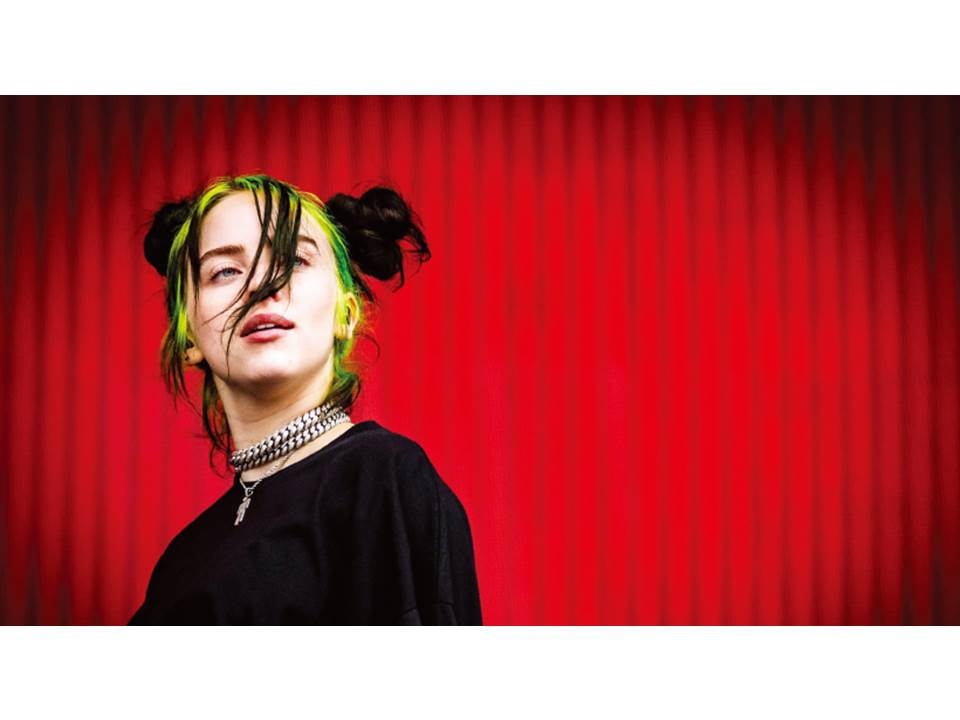
In September of last year, Billie Eilish held a VR concert and became a big issue. The VR concert came with social mode functions that allowed you to talk to the person next to you and make it feel like you were enjoying the concert together. It seems that Billie Eilish deemed communication with other people as the most significant factor of the concert. The problem is that there is a tremendous gap between artists and manufacturers who have the capital, technology, and ability to create the type of software that will provide a rich VR experience and those who do not.
Mainstream performances held at the main stadium of Jamsil Sports Complex and enjoyed by tens of thousands of people with a large sound system and non-mainstream music performances held in a small concert hall where performers directly communicate with an audience of less than a hundred have different characteristics and meanings. However, as soon as concerts are converted into a VR environment, the special charm, advantages, and disadvantages of each of these concerts will disappear and only the power of capital will remain.
However, the fact of being “physically” together in a concert hall or theater is not the most meaningful for the power of popular culture. However, being “physically” together in a concert hall or theater is not the most meaningful thing regarding the power of popular culture. It is significant to be there at the moment when popular culture is carried out, but it is much more critical to meet, communicate, and empathize with others via works, songs, and artists.
The significance of a piece of work differs depending on the level of sympathy, and communication becomes deeper through the process of finding similarities and differences. People can interact with each other through the stories that are expressed in the lyrics, the subtle changes in sound, and the facial expressions of the actor in a delicate manner.
After COVID-19, popular culture will take place in various structures where niche communitas will be connected by communication of affection in cyberspace that has been continuously enhanced in the 21st century. The fact that not all K-Pop fans are alike will become more apparent, the semiotic interaction between mainstream and non-mainstream cultures will become stronger, leading to an experience that is closely connected and disconnected.


